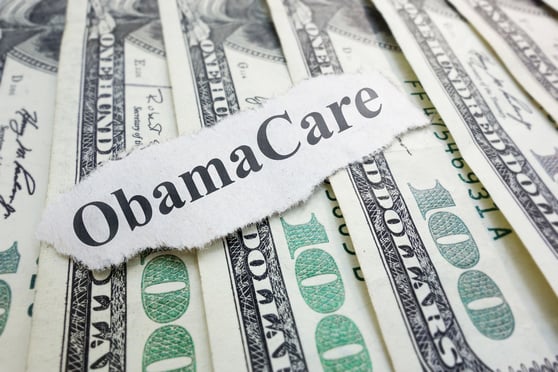 Most employerswill likely need to rely on their insurers and pharmacy benefitmanagers to earn, and pass along any discounts, once these are partof finalized regulations.
Most employerswill likely need to rely on their insurers and pharmacy benefitmanagers to earn, and pass along any discounts, once these are partof finalized regulations.
The Food and Drug Administration recently announced an action plan for allowingprescription drugs to be imported from Canada and other countries.However, employer plan sponsors and plan administrators must heedcaution at this time as this is just the announcement that proposedrules are coming.
|While this is a signal of where the FDA thinks it will go, theseideas are not even proposed (let alone final) rules yet and, it isnoteworthy to mention that this initiative was not one of thoselisted as part of the Trump Administration's blueprint to reduce prescription drugcosts.
|Related: Senate bill would tie drug costs toinflation
|The FDA action plan describes two paths it intends to propose.They are:
- Pathway 1: The FDA would allow states, drugwholesalers, and pharmacists to import drugs from Canada. Thesewould be Canadian versions of FDA-approved drugs. This would be apilot program with an unspecified time limit. In other words, thiswould get a trial run for a while to see if it works. The FDAaction plan lists several controls that would be designed to makesure the drugs are safe and not counterfeit. The FDA anticipatesthat certain drugs would not be eligible for this pathway, such ascontrolled substances, biological products, infused drugs,intravenously injected drugs, drugs inhaled during surgery, andcertain other parenteral/injectable drugs.
- Pathway 2: The FDA would allow drugmanufacturers to import U.S. versions of drugs they sell in foreigncountries. The drugs would be given a new National Drug Code toallow them to be priced differently than the current U.S. version.This was in response to claims by manufacturers that they could notreduce prices on U.S. versions because of contractual obligationsin their supply chains.
The FDA has reason to believe that manufacturers might usePathway 2 as an opportunity to offer Americans lower cost versionsof their own drugs. In recent years, multiple manufacturers havestated (either publicly or in statements to the Administration)that they wanted to offer lower cost versions but could not readilydo so because they were locked into contracts with other parties inthe supply chain. Pathway 2 would highlight an opportunity formanufacturers to use importation to offer lower-cost versions oftheir drugs.
|Notably, employer plan sponsors (other than states) are notlisted among the parties that will be eligible for either pathway.Even for states, the proposal is expected to require them to workthrough a wholesaler or pharmacist to take advantage of Pathway 1.This means most employers will likely need to rely on theirinsurers and pharmacy benefit managers to earn, and pass along anydiscounts, once these are part of finalized regulations.
|Again, at this point the FDA's initiative is interesting, butwithout proposed or final regulations, nothing is final yet. Thereis no change in the law, so employer plan sponsors and planadministrators will need to wait for proposed and then final rulesbefore making any plan changes.
|Finally, in the current political and regulatory environment,and based on many new health care initiatives, it is reasonable toexpect that these rules will be challenged in court. In fact, theFDA anticipates this in the action plan. The action plan says that,if any part of the Pathway 1 rules is invalidated by a court, theproposal will require that all of Pathway 1 be invalidated.Therefore, even if these rules are proposed, and subsequentlyfinalized, they may never become available in any event.
|Taking all this into account, employers should keep an eye onthese types of FDA initiatives. However, any relief fromprescription drug costs that these rules may provide is still along distance away.
|Jack McStravock is the Chief ComplianceOfficer for HUB International Limited. He provides ongoingreview, analysis, guidance, and assistance with both federal andstate insurance laws to support internal HUB colleagues andexternal clients on health and welfare compliance relatedmatters.
Read more:
Complete your profile to continue reading and get FREE access to BenefitsPRO, part of your ALM digital membership.
Your access to unlimited BenefitsPRO content isn’t changing.
Once you are an ALM digital member, you’ll receive:
- Critical BenefitsPRO information including cutting edge post-reform success strategies, access to educational webcasts and videos, resources from industry leaders, and informative Newsletters.
- Exclusive discounts on ALM, BenefitsPRO magazine and BenefitsPRO.com events
- Access to other award-winning ALM websites including ThinkAdvisor.com and Law.com
Already have an account? Sign In
© 2024 ALM Global, LLC, All Rights Reserved. Request academic re-use from www.copyright.com. All other uses, submit a request to [email protected]. For more information visit Asset & Logo Licensing.








